The Palace of Fine Arts, the first art museum in Mexico
The first art museum in Mexico and the most emblematic is the museum of the Palacio de Bellas Artes, located in a building that captivates tourists of Mexico City.
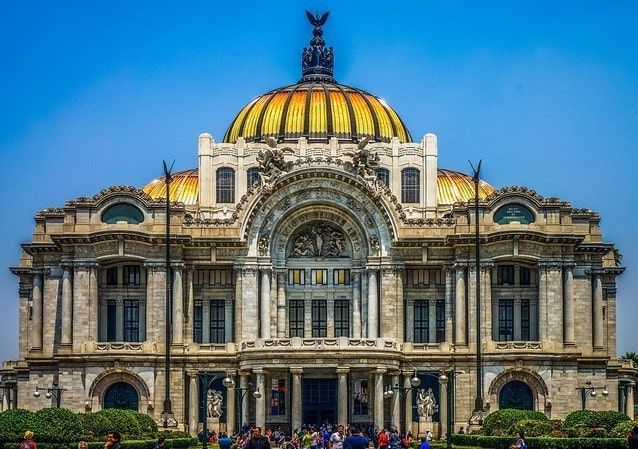
The first art museum in Mexico and one of the most emblematic is the museum of the Palacio de Bellas Artes, located in a building that captivates both tourists and residents of Mexico City since its inauguration in 1934.
Surrounded by the green trees of the Alameda del Sur, the Palace of Fine Arts is seen from any perspective. Its neutral colors topped by ceramic domes in warm colors make the sun shine on them even more. The historic center of Mexico City shines both day and night with this beautiful building, witnessed daily by thousands of people passing by, unable to pass by and ignore its majesty.
History of the Palace of Fine Arts
In the governorship of Porfirio Díaz, at the beginning of the 20th century, a new theater was devised for the city to celebrate the centennial of the Independence of Mexico. These celebrations contemplated a program of works that consisted of beautifying the whole city. It should be noted that Díaz, who was president of Mexico seven times for a total of 30 years, sought to unify a fragmented and unstable country for centuries after independence.
From a macroeconomic point of view, it was a good time for Mexico. For the first time, the external debt had been canceled and there was progress in technology and culture. Mexico participated in international exhibitions of the fine arts and it was necessary to have an enclosure to house these events. In order to be modern, Porfirio Diaz thought that it was necessary to look for another country that would inspire him and to which he should aspire. France became his role model, which at the time was the world's cultural capital.
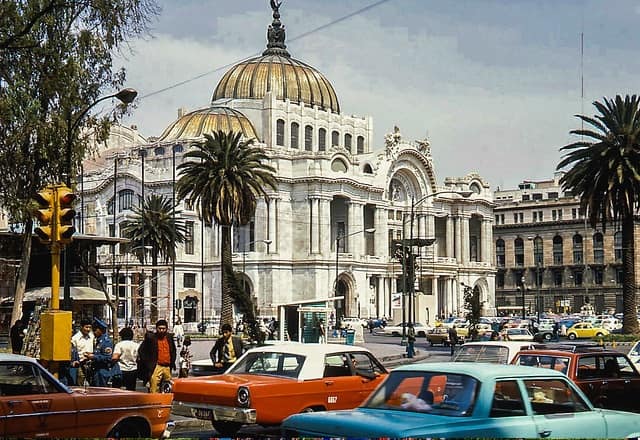
Design and construction of the Palace of Fine Arts
The person in charge of creating this new building was the Italian architect Adamo Boari, who in 1904 began construction with the architectural style that was in vogue at that time in Europe: the New Modern Decorative Art, internationally known as Art Noveau. In fact, the Palace of Fine Arts was inspired by the great Opera Garnier in Paris. They have the same composition and a dome topped by a very similar sculpture.
In the space where it was built, the convent of Santa Isabel was located since 1601, which would be demolished the same year that the first stone was placed. 4 years had been stipulated for its construction, but it was delayed because the characteristics of the soil did not support the structure. Another reason was the outbreak of the Mexican Revolution in 1910, which left the building intact and unfinished for almost 30 years. Work resumed again in 1929 under the presidency of Pascual Ortiz Rubio, but this time in charge of the Mexican architect Federico Mariscal, student of Boari.
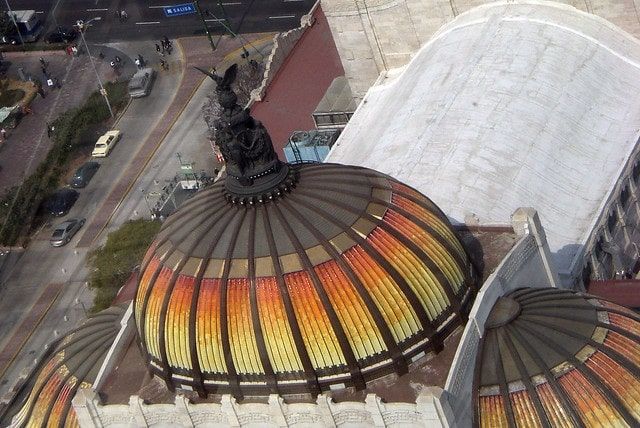
Due to the crisis after the revolution, the Italian architect had been forced to leave the country in 1916 and even died without seeing his greatest work completed. For this date, the architectural style, in turn, was no longer the Art Noveau, and modernity was leaning with the symmetrical lines of Art Deco. That is why the stylistic architectural differences are very remarkable between its exterior and interior.
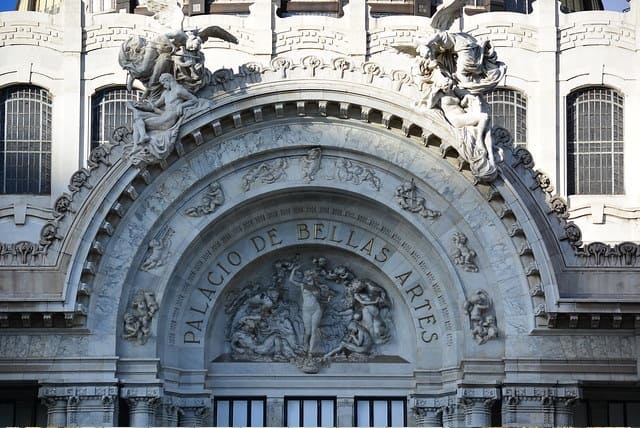
Inauguration of the Palace of Fine Arts and the museum
Finally, the Palacio de Bellas Artes was inaugurated on September 29, 1934, as a unique venue of its kind. For its part, the Palace Museum was inaugurated two months later with the name of the National Museum of Plastic Arts, which would become the first Art Museum in Mexico. Its collection included pieces from the sixteenth century to the murals of Diego Rivera, David Alfaro Siqueiros, and José Clemente Orozco; a Mesoamerican sculpture room; one of Mexican stamp; and Roberto Montenegro's Popular Art collection.
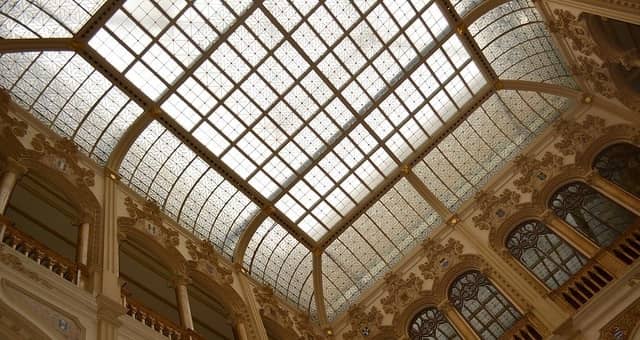
Exterior and interior architecture of the Palace of Fine Arts
Despite being a European style, the Italian architect tried to mix details of Mexican culture, such as the sculpture of the eagle devouring a snake that tops the dome. And for the elements of blacksmithing, several models of doors and windows were designed exclusively with ornaments of the Mexican flora and fauna: lyres, leaves, stems, and palms. The white marble of the columns, pilasters, balconies, and all the decorative elements are from Carrara, Italy.
In the interior, the Mexican architect decided to take a nationalist stance and adopted Art Deco to pre-Hispanic architecture. This is how he resolved that Chac (Tlaloc for the Teotihuacanos), the God of rain, was the element of inspiration and is reflected in the main hall with the mask that stands out in the heights and the lamps that represent the water in the manner of sprouting fountains.
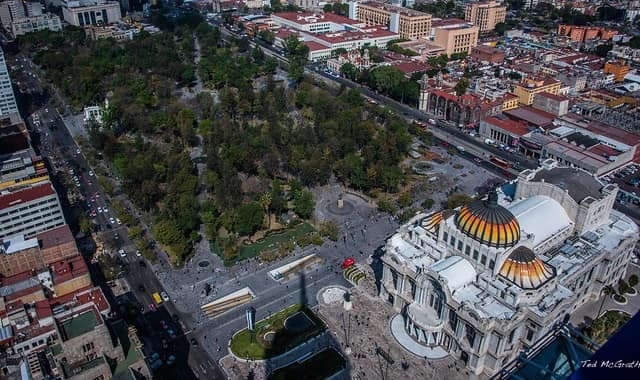
The entire lobby with the steps that lead to a pre-Hispanic pyramid will take you to the theater's door, wherein the main hall stands the famous opalescent glass mosaic made with more than a million square centimeters crystals that give shape to a panoramic of the Valley of Mexico, made by the Tiffany House in New York. It is the only opera space in the world with a glass curtain.




